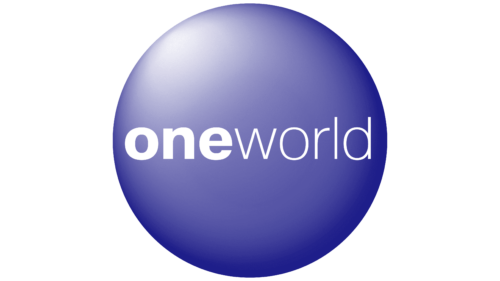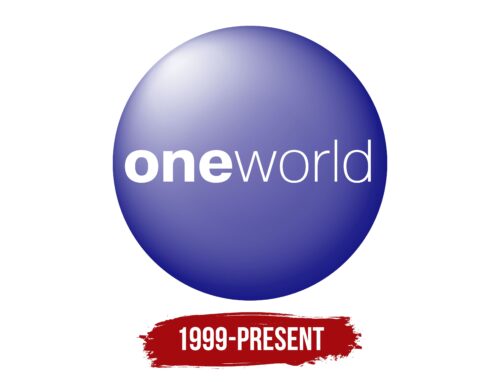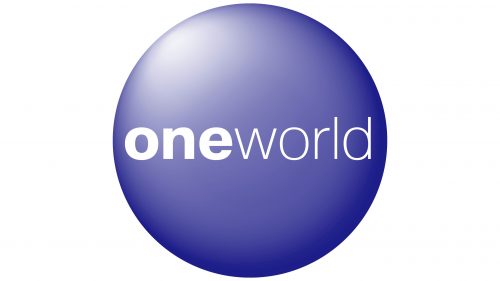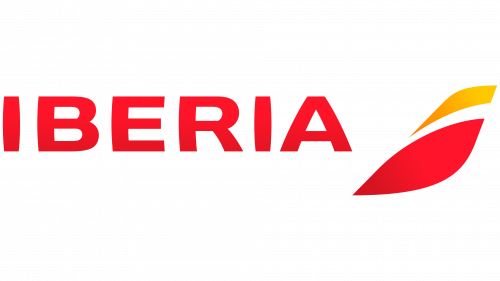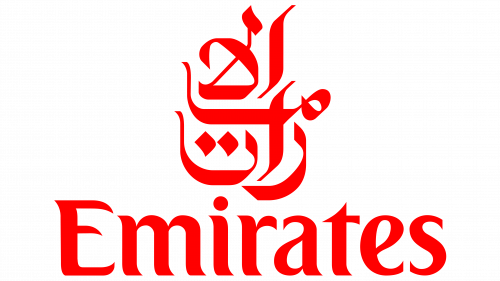The Oneworld logo represents a shared workspace for airlines and immediately suggests an association with the sky. The company demonstrates its range of interests and specific focus, attracting smaller brands in the aviation services sector to collaborate.
Oneworld: Brand overview
In 1998, five of the world’s leading airlines—American Airlines, British Airways, Canadian Airlines, Cathay Pacific, and Qantas—announced their intention to create a global aviation alliance on September 1. This decision was made in response to the formation of other global alliances like Star Alliance and reflected the growing trend of airline partnerships in the increasingly globalized aviation market.
The official launch of Oneworld occurred on February 1, 1999. The alliance began operations with its five founding members, offering passengers an expanded route network, the ability to earn and redeem miles across all member airlines, and access to partner lounges. This move marked a new era in airline collaboration, providing passengers unprecedented global connectivity.
In June 2000, Finnair joined the alliance, becoming the first airline to join after its founding. This expansion strengthened the group’s presence in Northern Europe and added new routes to the alliance’s network.
2001, Canadian Airlines ceased to exist following its merger with Air Canada. This event marked the first change in the alliance’s membership since its inception.
In June 2003, LAN Airlines from Chile joined, becoming the group’s first South American member. Later that year, Aer Lingus from Ireland became a member, enhancing the alliance’s presence in Europe.
On April 1, 2007, Japan Airlines (JAL) and Royal Jordanian officially joined, boosting the alliance’s position in Asia and adding the first Middle Eastern member.
The alliance celebrated its 10th anniversary in 2009 by welcoming S7 Airlines from Russia and Mexicana. S7’s entry expanded the group’s reach in Russia and the CIS, while Mexicana strengthened its presence in Latin America.
In August 2010, Mexicana suspended operations due to financial difficulties, leading to its departure from the alliance.
Between 2012 and 2013, the group experienced significant growth with the addition of Airberlin (2012), Malaysia Airlines (2013), and Qatar Airways (2013). These additions greatly enhanced the alliance’s global presence, particularly in Europe, Asia, and the Middle East.
In March 2014, TAM Airlines (now LATAM Airlines Brasil) joined, reinforcing the alliance’s position in South America. US Airways became part of the alliance following its merger with American Airlines that year.
The year 2017 saw Airberlin and Monarch Airlines exit as both ceased operations.
In December 2018, it was announced that Royal Air Maroc would become the first full member from Africa.
Royal Air Maroc officially joined the alliance on April 1, 2020. The same year, LATAM Airlines Group announced its departure due to a strategic partnership with Delta Air Lines.
On March 31, 2021, Alaska Airlines became a full member, significantly enhancing the alliance’s presence on the US West Coast.
Meaning and History
What is Oneworld?
This is one of the world’s leading airline alliances, bringing together several prestigious airlines from around the globe to provide passengers with seamless and comprehensive travel experiences. Founded in 1999, the alliance currently includes 14 member airlines, such as American Airlines, British Airways, Cathay Pacific, Qantas, and Qatar Airways, collectively serving an extensive global route network covering over 1,000 destinations in 170 countries.
1999 – today
The Oneworld emblem encodes the concept of an alliance that brings together aviation brands under one niche for collaborative work, coordinated actions, and quality service for travelers worldwide. The circle with a solid fill was chosen as the base. It symbolizes several important factors that characterize the company’s activities:
- Demonstrates the unity of alliance members
- Indicates cooperation within the network
- Represents a circle of common interests
- Embodies infinity
- Shows the continuity of the cycle
- Reflects the close connection between participants
The organization’s name, placed in the center, is colored in a contrasting hue and uses two types of fonts. The difference in glyph thickness (the first half of the text is bold, while the second is narrow) aims to add dynamism to the static symbol.
This graphic technique justifies itself by visually adding movement to the text. It is an energetic push, a starting spring that can accelerate at any moment, which is crucial for young and financially fragile carriers. The emblem fully meets the brand’s needs and demonstrates its business position.
The name looks elegant and modern, aided by smooth, uppercase, sans-serif fonts. It is two-part: it includes two words.
- The first, “one,” signifies solidarity among partners, unity of interests, the primary importance of working in the aviation services sector, and the task of building air bridges between countries for their unification.
- The second, “world,” reflects the alliance’s global nature, its focus on international passenger service from every corner of the globe, and the involvement of many nations.
This group strives to provide high-quality service to passengers worldwide, choosing innovations and advanced technologies. Its logo expresses global activity and high standards, symbolizing a worldwide network of partners working together to provide the best services and ensure comfort during flights. The sign points to key values for all alliance members: international reach, safety, and quality.
The blue color with a gradient confirms this, reflecting the diversity of services within the same sector. The harmonious transition from cobalt to violet conveys the professionalism, reliability, sustainability, and stability of all the companies in the group. The white highlight signifies openness, sincerity, honesty, and impeccable purity.
